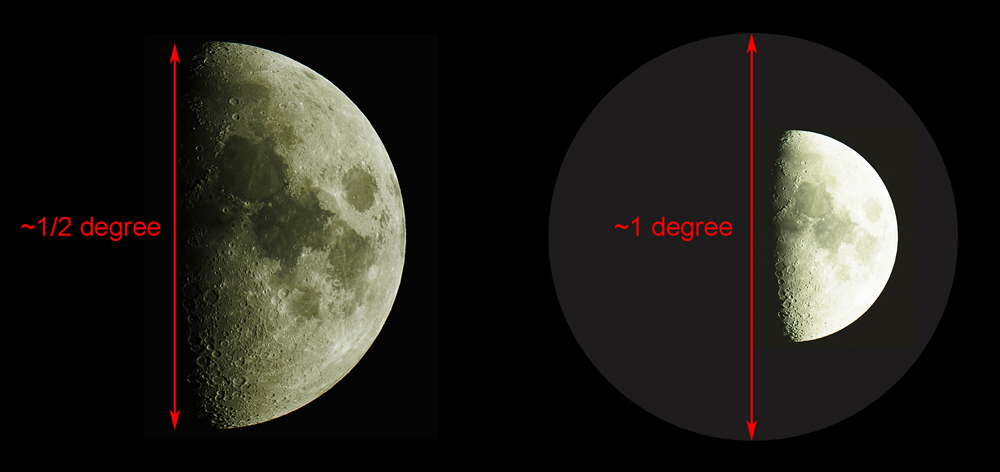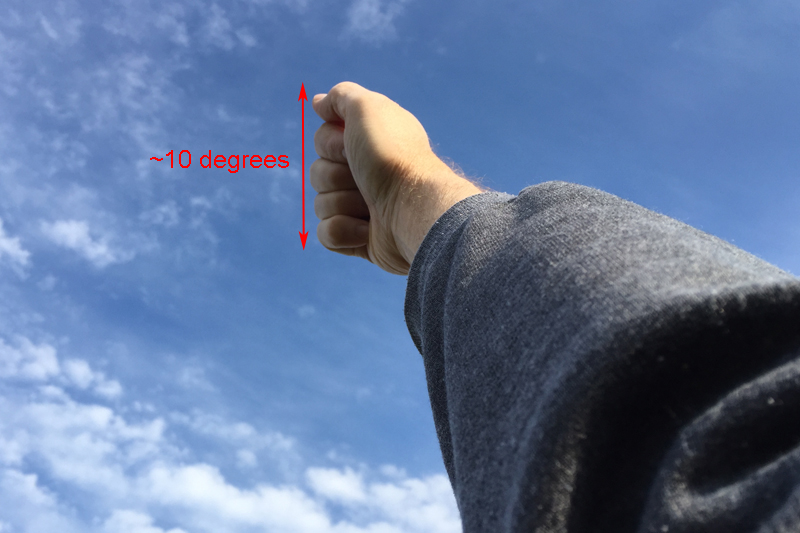For a list of star hops, click here
Star hopping is a well-known method for finding objects such as star clusters, nebulas, and galaxies in the night sky. You start from some star or constellation that you know well and can easily find in the sky, such as the Big Dipper. From there, you visually "hop" from one star to another, until you reach the object you are seeking. This technique can be used even for objects that are much too dim to see with the naked eye. This is done by pointing your telescope toward a star that you can see with the naked eye, and then moving the telescope slightly to the location of the dim target.
For example, suppose you want to observe Messier 101, a large but dim spiral galaxy that is above the handle of the Big Dipper. If you know how to spot the Big Dipper, you can easily find Mizar, the star at the bend in the handle. (And it is NOT necessary to know the star names; you just need to recognize the visual pattern.)


For whom is star hopping useful?
Some modern telescopes have a "go-to" feature, which uses motors, sensors, and computer technology to point to targets automatically. For those who have such telescopes and know how to use them, star hopping in not really necessary. But many telescopes, even large ones, do not have go-to capability, and of course neither does a simple pair of binoculars. For anyone who owns a pair of binoculars or a non-go-to telescope, star hopping is probably the best and most reliable way to find objects in the night sky. Even if you have a telescope with go-to capability (as I do), you can learn a lot more about the night sky by star hopping to find some of your favorite deep-sky targets. In addition, there is the satisfaction you will get from finding a dim and distant celestial target without the aid of a computer.
How are these stop hops designed?
My goal was to use just a handful of easily recognizable constellations or star groups (less than ten) as the starting points for all of these star hops. Therefore, once you learn to recognize even one of these starting points (such as the Summer Triangle), you can use it to help you locate many different deep-sky objects. All of the star hops use one of the following starting points:
The Big Dipper
The constellation Cassiopeia
The Spring Triangle
The Summer Triangle
The red star Antares
The constellation Sagittarius
The Great Square of Pegasus
The Winter Hexagon
Some of these may be familiar to you already, but if they are not, you can quickly learn to find them in the night sky by using either a planisphere or an all-sky start chart that is appropriate for the month and time of night you are observing. Each star hop begins with a star chart that shows one of these starting points, This is followed by a second, more detailed chart that shows how to hop to the target. The star charts were created using the excellent freeware Cartes du Ciel.
Each of the star hops on this website includes a printer-friendly version--a one-page pdf file that you can print out and take outside with you to use at the telescope.
What objects are included?
So far, I have created star-hop charts for all 110 of the objects in Messier's list, plus some double stars and other well-known deep-sky objects. My plan is to gradually add to the list of star hops over time. Here is a list of all the star hops that are currently available.
How do I estimate angular degrees in the sky?
Many of these star hops tell you to move a certain angular distance in the sky (such as 1 degree, 5 degrees, etc.). It is important to get a feel for distances like this. Here are some simple tips for estimating angular distances:
You can use the Moon's size to estimate the field of view of your telescope with any eyepiece. For example, the field of view of the eyepiece shown below on the right is about 1 degree, because it is about twice the diameter of the Moon. A field of view of about 1 degree is typical for many telescopes when a low-power eyepiece is used.

These measurements are very handy to remember because the Big Dipper is easy to recognize, and at mid-northern latitudes it is visible all year long.


Star charts created with Cartes du Ciel